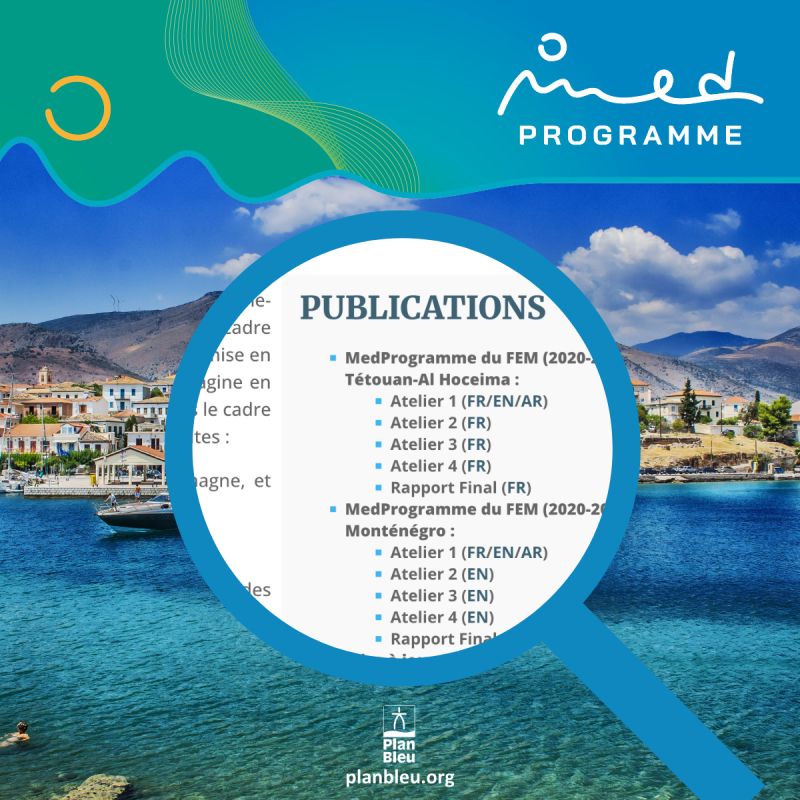In the 2000s, Plan Bleu developed the Imagine approach in collaboration with the Bayswater Institute (United Kingdom) to promote more sustainable management practices in Mediterranean coastal areas. As part of the project entitled « Integration of climate variability and change into national strategies for the implementation of the ICZM Protocol in the Mediterranean », an adaptation of Imagine called Climagine was proposed in 2012 to address the specific challenges of climate variability and change in coastal zones.
Within the framework of the GEF MedPartnership, implemented by UNEP/MAP, Climagine was then applied in two pilot sites:
- Šibenik-Knin County, Croatia, based on the DIVA model developed by the Potsdam Institute, Germany, and coordinated by PAP/RAC, Croatia.
- Kerkennah Islands, Tunisia, based on the RiVAMP model developed by UNEP-GRID, Geneva.
Building on these experiences, Plan Bleu mobilized Climagine to support several Integrated Coastal Zone Management (ICZM) efforts in the Mediterranean under Sub-project 2.1 of the GEF MedProgramme, implemented by UNEP/MAP. These sites included:
- The Tangier-Tetouan-Al Hoceima region, Morocco, where Climagine informed the development of a Coastal Plan coordinated by PAP/RAC.
- Boka Kotorska, Montenegro, where Climagine informed the development of a Coastal Plan coordinated by PAP/RAC.
- Lebanon, where Climagine will inform the development of the National ICZM Strategy.
- The Damour region, Lebanon, where Climagine will inform the development of an Integrated Management Plan for the Damour coastal zone.
Additionally, the MedProgramme SCCF (Special Climate Change Fund) project enabled Plan Bleu to integrate other themes into Climagine. Based on two gender-sensitive climate risk assessments for the Tangier-Tetouan-Al Hoceima and Boka Kotorska regions, produced by Plan Bleu, Climagine incorporated participatory reflection on ecosystem-based adaptation in coastal areas, while involving the private and financial sectors in coastal adaptation efforts.



